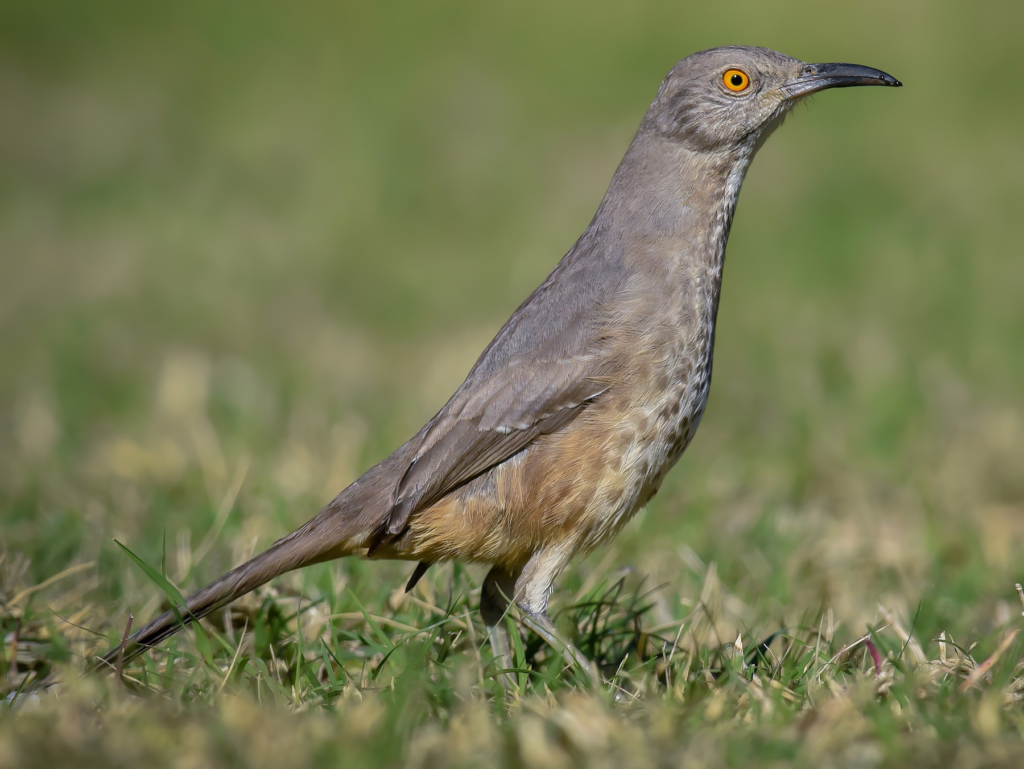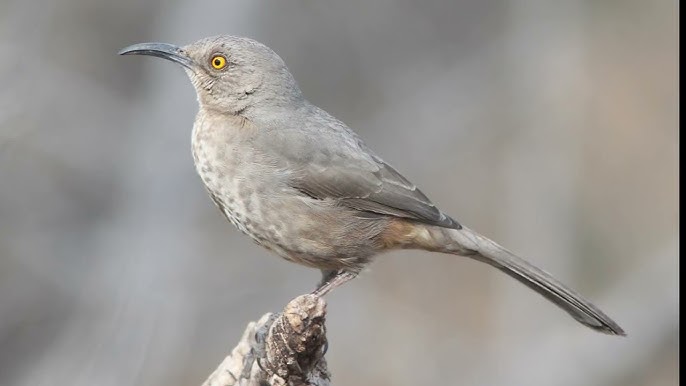Introduction
The Huitlacoche animal, scientifically known as Toxostoma cinereum, remains one of nature’s more elusive and fascinating creatures. Despite its relative obscurity in the animal kingdom, it has garnered interest from biologists and nature enthusiasts alike. This article aims to shed light on the mysterious life of the Huitlacoche animal, diving deep into its habitat, behaviour, and the challenges it faces in the wild.
Habitat and Distribution: A Rare Sight in the Wild
Toxostoma cinereum, commonly called the Huitlacoche animal, is primarily found in specific regions, marking its presence as rare and noteworthy. Understanding its habitat is crucial in comprehending its behaviour and survival strategies. This section will explore the geographical distribution and environmental preferences of the Huitlacoche animal, highlighting the uniqueness of its chosen habitats.
Anatomy and Physical Features: Adaptations for Survival
The physical characteristics of the Huitlacoche animal are not just intriguing but are also critical to its survival. Each aspect plays a vital role in interacting with its environment, from its distinctive colouration to its anatomical adaptations. This section will delve into the detailed anatomy of the Toxostoma cinereum, discussing how its physical traits contribute to its lifestyle and survival tactics.

Diet and Foraging Habits: The Quest for Sustenance
Understanding the diet of the Huitlacoche animal is essential to comprehend its ecological role. This section will discuss what Toxostoma cinereum feeds on, its foraging patterns, and how its diet influences its behaviour and interaction with the ecosystem. It will also shed light on its foraging challenges in its natural habitat.
Behavioural Patterns: Solitude and Social Interaction
The behaviour of the Huitlacoche animal is as enigmatic as its existence. This section explores the various behavioural aspects of Toxostoma cinereum, including its social structure, mating rituals, and territorial behaviours. It will also touch upon the unique characteristics that set it apart from its close relatives and other fauna in its ecosystem.
Conservation Status: Threats and Protection Efforts
Despite its elusive nature, the Huitlacoche animal faces several threats that jeopardize its existence. This section will highlight the conservation status of Toxostoma cinereum, discussing its primary threats and the efforts to protect and preserve this remarkable species.
Human Interaction: Coexistence and Conflict
The relationship between humans and the Huitlacoche animal is complex and multifaceted. This section will examine the impact of human activities on Toxostoma cinereum, exploring both the positive and negative aspects of this interaction. It will also discuss the importance of fostering a harmonious coexistence for the benefit of humans and the Huitlacoche animal.

Mating Rituals and Reproduction: Ensuring the Species’ Continuity
The mating rituals and reproductive strategies of the Huitlacoche animal are critical to its survival. Toxostoma cinereum showcases a unique approach to reproduction, often characterized by intricate courtship displays and selective mating. These rituals are vital not just for procreation but also for maintaining genetic diversity within the species.
Despite the various environmental challenges, the female’s role in nurturing and protecting the young ensures a higher survival rate. Understanding these aspects provides insight into the species’ lifecycle and helps formulate effective conservation strategies, ensuring the continuity of this fascinating species.
Vocalizations and Communication: The Language of the Wild
Toxostoma cinereum exhibits a range of vocalizations, each serving a specific purpose in their daily life. These sounds are crucial in communication, especially during mating season and territorial disputes. The Huitlacoche animal’s calls can vary from simple chirps to complex melodies, indicating different emotions and intentions.
Researchers studying these vocal patterns gain valuable insights into their social structure and interaction dynamics. Moreover, understanding their communication is pivotal in monitoring their populations and behaviour, especially in their natural habitats, thus contributing significantly to their conservation efforts.
Predators and Survival Tactics: The Art of Evasion
The Huitlacoche animal faces numerous predators in the wild, making survival a constant challenge. Their primary defence mechanism is their remarkable ability to blend into their surroundings, an adaptation that has evolved over generations.
Predators such as larger birds, mammals, and even humans pose significant threats. The Huitlacoche animal’s survival tactics include camouflage, swift movements, and an acute sense of awareness. These adaptive strategies illustrate the harsh realities of their ecosystem and the relentless struggle for survival that defines the natural world.

Impact of Climate Change: A Growing Concern
Climate change poses a significant threat to the Huitlacoche animal, impacting its habitat and way of life. Changes in temperature and weather patterns can lead to habitat loss, altered food availability, and increased vulnerability to diseases and predators.
The Huitlacoche animal’s ability to adapt to these rapid environmental changes is crucial for survival. This situation highlights the need for comprehensive conservation strategies that consider the effects of global warming. Protecting the Huitlacoche animal amidst these environmental shifts is vital for the species and the overall health of the ecosystems they inhabit.
Conclusion
The Huitlacoche animal, Toxostoma cinereum, symbolizes nature’s mystery and resilience. Through this comprehensive exploration of its life, we gain knowledge and a deeper appreciation for these lesser-known species. Protecting the Huitlacoche animal is not just about preserving a species; it’s about maintaining the delicate balance of our ecosystem.

